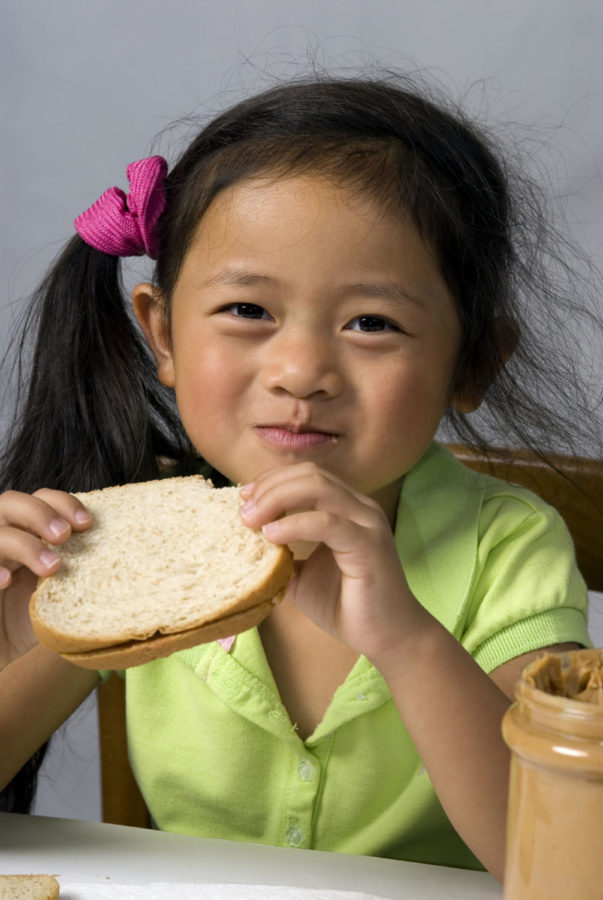Students partner with 3rd graders to promote health
April 3, 2014
A healthy partnership of Iowa State and Cedar Rapids third graders, a relationship called Switch, is promoting healthy lifestyle changes to their young lives for a better future.
Greg Welk, professor in kinesiology, runs the program. The program was founded to help parents create a healthy home environment for their children.
“[Switch is] an obesity prevention program designed to work through schools to reach parents,” Welk said.
Parents of Cedar Rapids third graders are encouraged to enroll their children in the program.
“The concepts of the communication are by directly reaching the parents. We can give them tips and strategies that they can use to create a healthier home environment,” Welk said.
Lorraine Lanningham-Foster, assistant professor in food science and human nutrition, is helping with Switch, as well.
“I learned about the program when I came to Iowa State University in the Fall of 2008. I was involved in other school-related childhood obesity programs before coming to Iowa State, and the Switch program was interesting,” Lanningham-Foster said.
The motto of Switch gives children a better lookout on healthy choices.
“The whole Switch mantra is that we try to help kids switch what they ‘do,’ ‘view’ and ‘chew,’” Welk said.
“Do” incorporates the increase in physical activity.
“Children should be trying to get at least one hour of physical activity each day,” Lanningham-Foster said.
“View” involves decreasing the amount of time spent using electronic devices or participating in activities such as watching television.
“Children should be limiting their daily screen time to 1-2 hours a day. Screen time can have a variety of different influences on child health due to the content of the material and the fact that it is generally a sedentary activity,” Lanningham-Foster said.
“Chew” refers to eating more fruits and vegetables and limiting the amount of sugary beverages consumed.
“Switch is a program that provides some small incentives for children to complete activities around the topics outside of the classroom,” Lanningham-Foster said.
Parents play a vital role in their children’s success in the program. They pay attention to the amount of time in front of the screen, as well as physical activity and food intake. Their behavior is also tracked as a result.
Each week, the parents are assigned a different focus behavior.
“One week is a ‘do’ week, another week is a ‘chew’ week and another is a ‘view’ week,” Welk said.
The period is over four months and each with each week, there is a different focus to be cycled.
The program previously began in a printed format.
“The print-based version has several hand-outs and materials to help guide parents around each topic,” Lanningham-Foster said.
Information on Switch and inside programs are currently in the process of converting to an online system.
“Iowa State now owns the assets for Switch, so we’ve basically taken it over and have been building a vision for a very interactive online program,” Welk said.
There is no rush in this process, however. Welk believes each step to creating this online system should be wired efficiently.
“We are building it slowly so that we know that it works as well or better than the print version, and we are studying it as a research tool so that we make sure it works effectively,” Welk said.

















